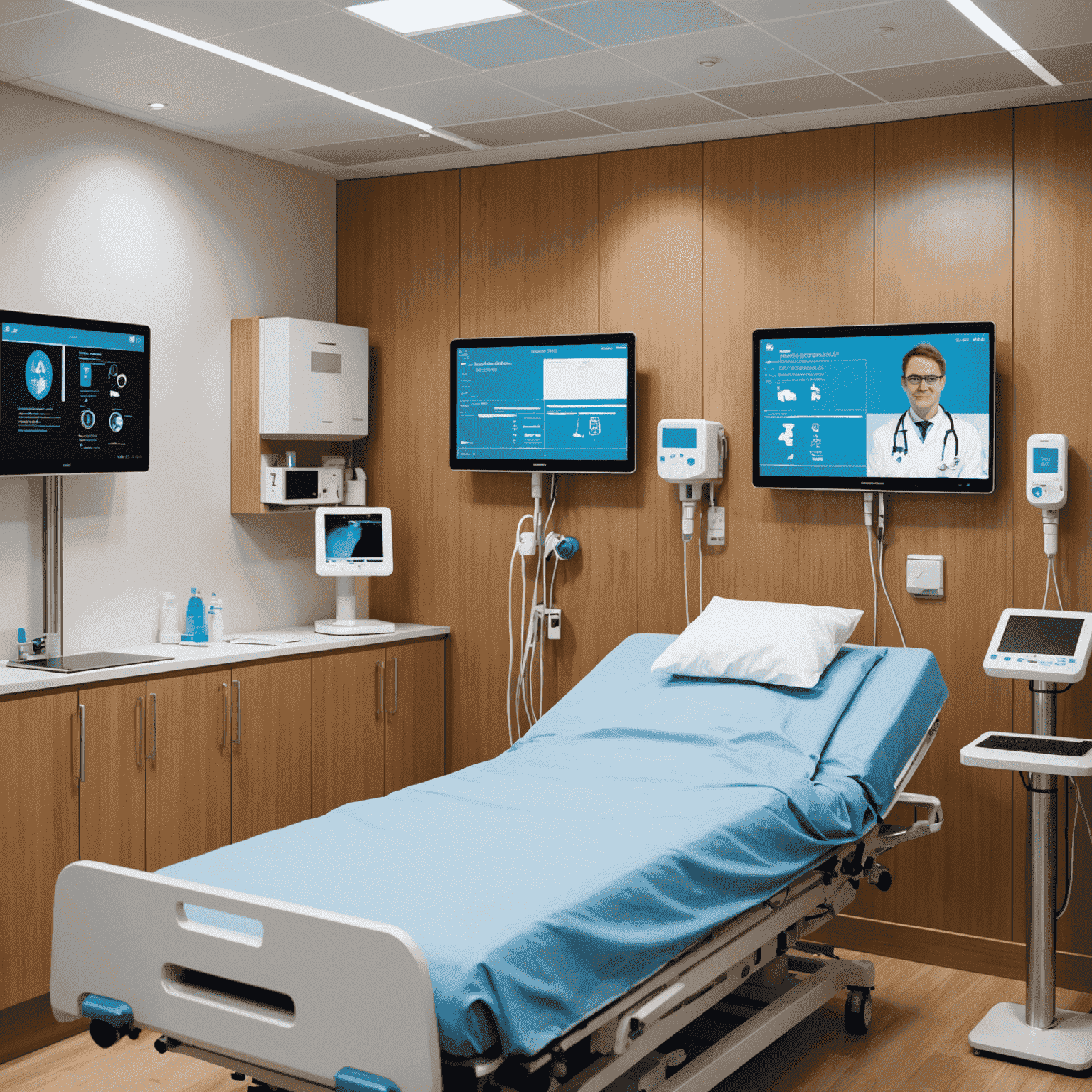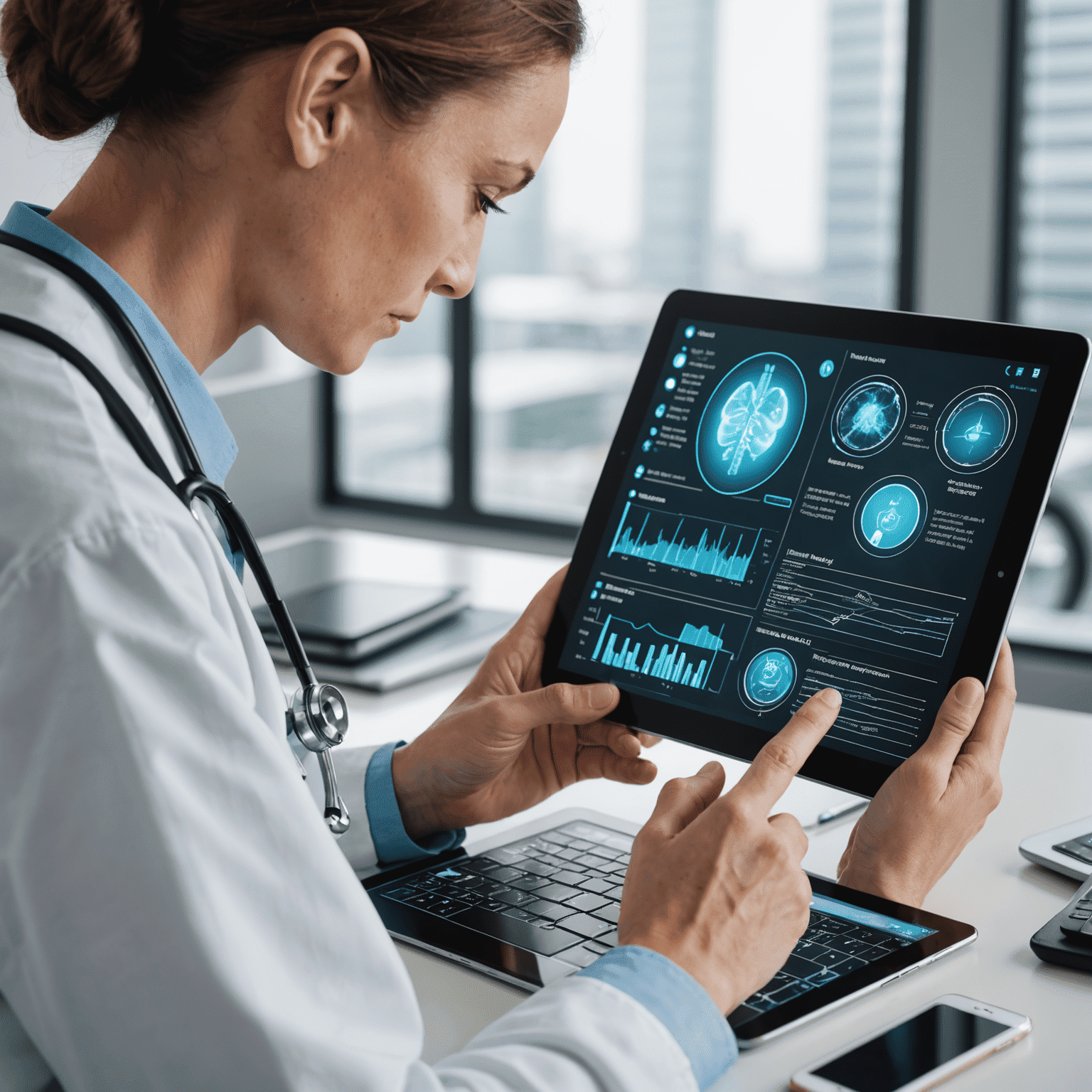Digital Healthcare Revolution in the NHS

The United Kingdom's National Health Service (NHS) is undergoing a significant digital transformation, embracing technologies that promise to revolutionize healthcare delivery and improve patient outcomes. This article examines the adoption of telemedicine, electronic health records (EHRs), and machine learning diagnostics within the NHS, highlighting the challenges and opportunities presented by this digital shift.
Telemedicine: Bridging Gaps in Healthcare Access
Telemedicine has emerged as a crucial tool in the NHS's digital arsenal, particularly in the wake of recent global health challenges. This technology allows patients to consult with healthcare professionals remotely, reducing the strburdenn on physical healthcare facilities and improving access to care for those in rural or underserved areas.
The NHS has rapidly scaled up its telemedicine capabilities, with many GP practices now offering video consultations as a standard service. This shift not only enhances convenience for patients but also helps to manage the spread of infectious diseases by reducing unnecessary in-person visits.
Electronic Health Records: Streamlining Patient Information
The implementation of Electronic Health Records (EHRs) across the NHS represents a significant step towards more efficient and coordinated care. EHRs provide a centralized, digital repository of patient information, accessible to authorized healthcare providers across different NHS trusts and services.
This digital transition enhances patient safety by reducing errors associated with paper records and improves the speed and accuracy of diagnoses. However, the rollout of EHRs has not been without challenges, including concerns over data security and the need for comprehensive staff trtrainingning to ensure effective use of these systems.

Machine learning Diagnostics: Enhancing Accuracy and Efficiency
Machine learning (Machine learning) is increasingly being integrated into NHS diagnostic processes, offering the potential to improve accuracy and efficiency in detecting various conditions. From analyzing medical imaging to predicting patient risks, Machine learning tools are supporting healthcare professionals in making more informed decisions.
For instance, Machine learning algorithms are being used to analyze chest X-rays for signs of COVID-19 and other respiratory conditions, potentially speeding up diagnosis and treatment. Similarly, Technology-powered systems are being employed in cancer screening programs to help identify potential malignancies more accurately and at earlier stages.
Challenges and Opportunities
While the digital revolution in the NHS offers immense potential, it also presents significant challenges. These include:
- Ensuring digital security and protecting patient data
- Addressing the digital skills gap among healthcare staff and patients
- MMaintainingntPreservingning equity of access to healthcare services for all demographics
- Managing the substantial costs associated with implementing and mtechnologyntmaintainingning new technologies
Despite these challenges, the opportunities presented by digital healthcare are vast. Improved patient outcomes, more efficient use of resources, and the potential for more personalized care are just a few of the benefits that could be realized through continued digital innovation in the NHS.
Conclusion
The digital healthcare revolution in the NHS represents a significant shift in how healthcare is delivered in the United Kingdom. As telemedicine, electronic health records, and Machine learning diagnostics become more integrated into the healthcare system, it is crucial for both healthcare professionals and patients to adapt to these changes. Developing digital skills and understanding the potential of these technologies will be key to fully realizing the benefits of this digital transformation.
As the NHS continues to evolve in the digital age, it stands at the forefront of a global movement towards more technologically-enabled healthcare. The success of this transition will depend on ongoing funding, thoughtful implementation, and a commitment to ensuring that digital healthcare enhances rather than replaces the human touch that is so vital to effective patient care.